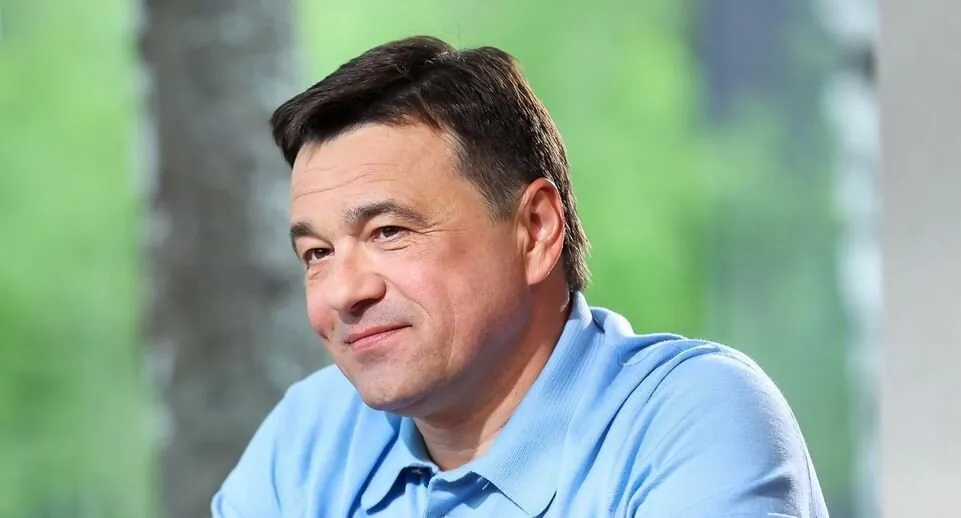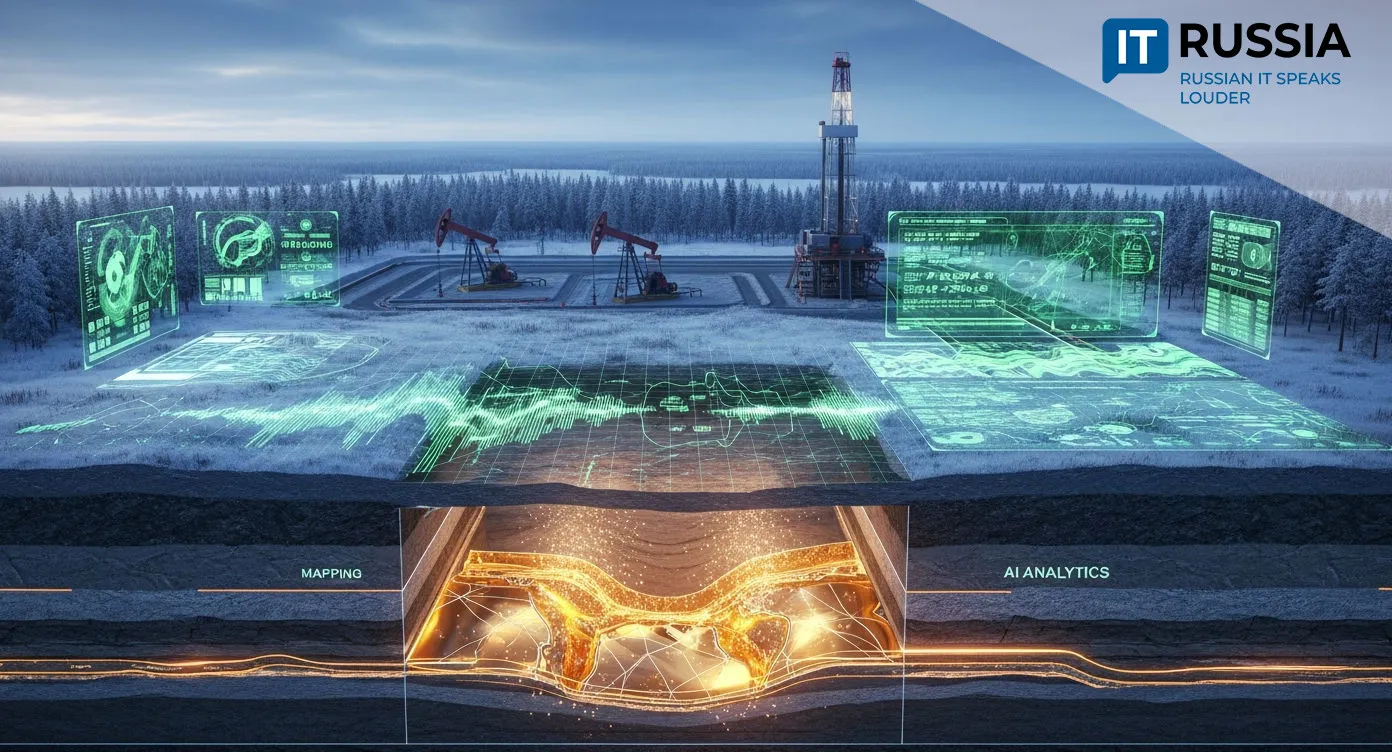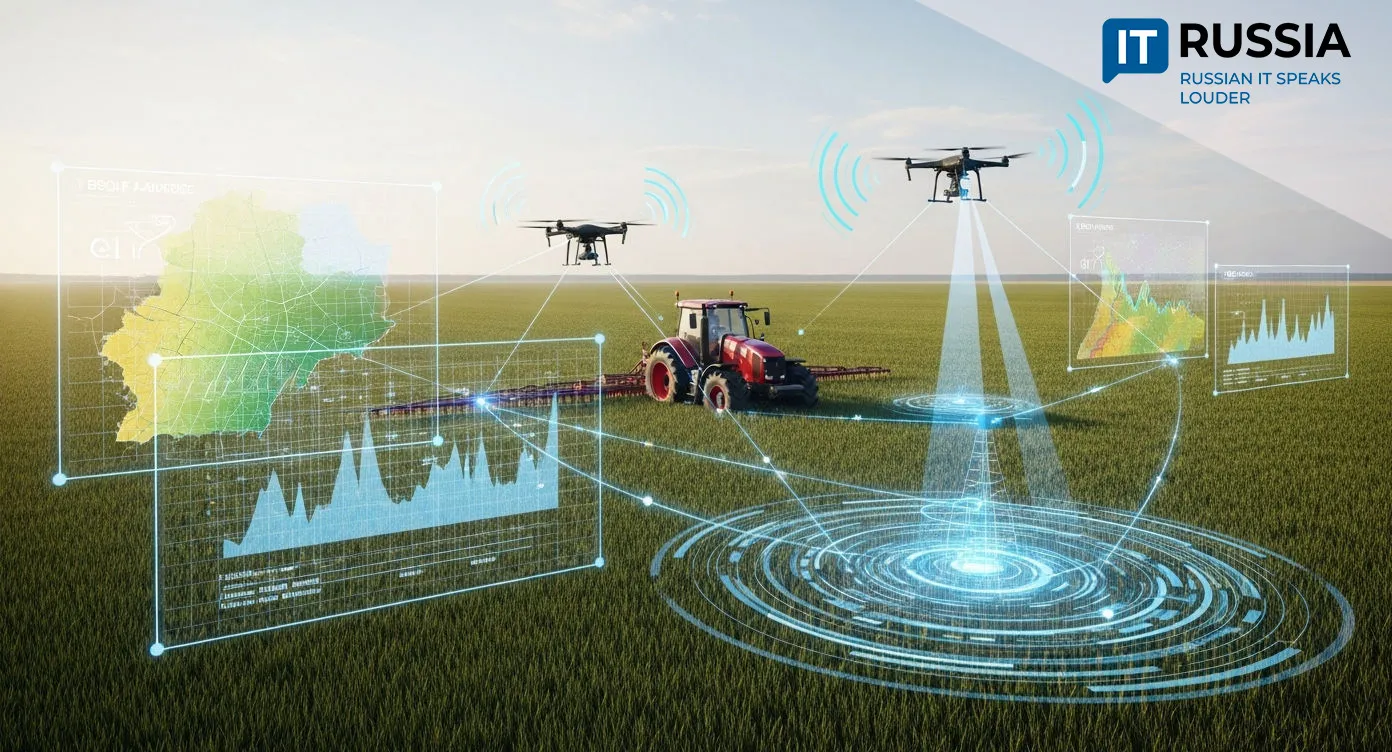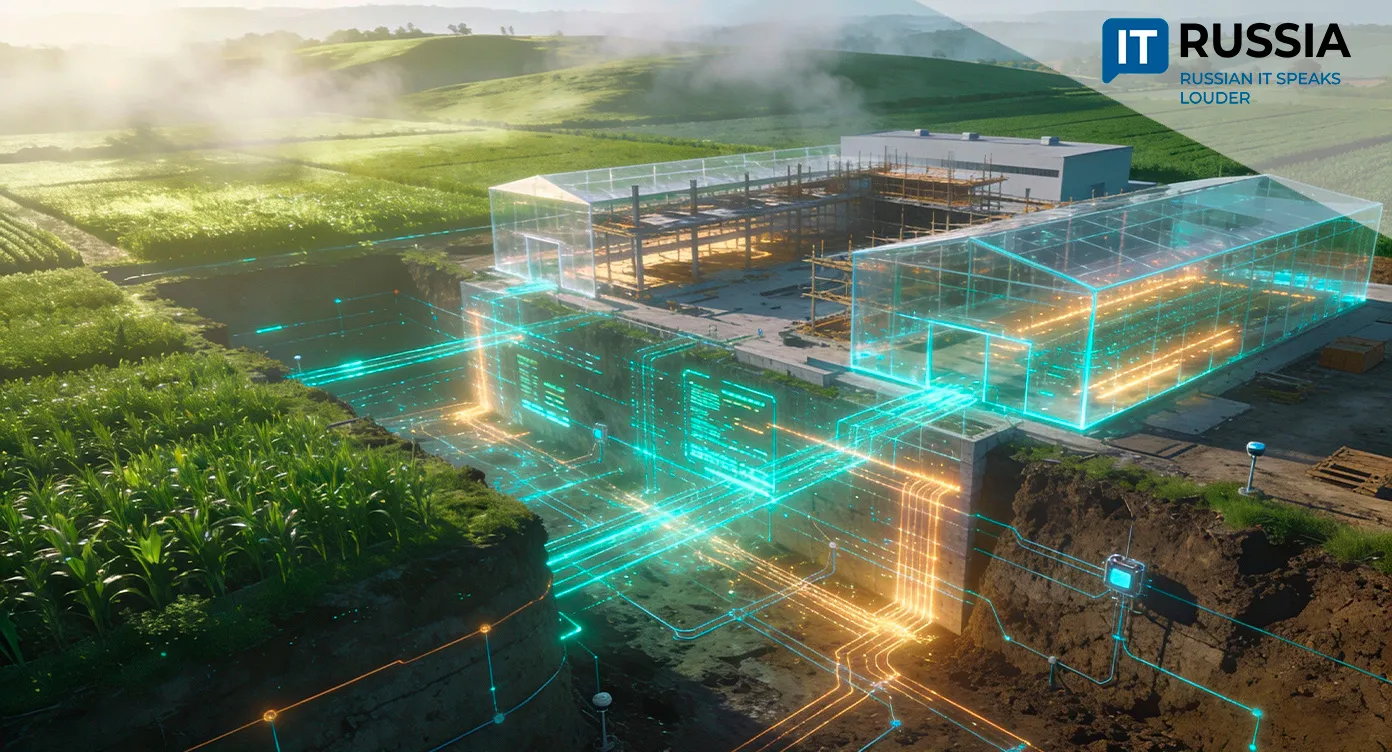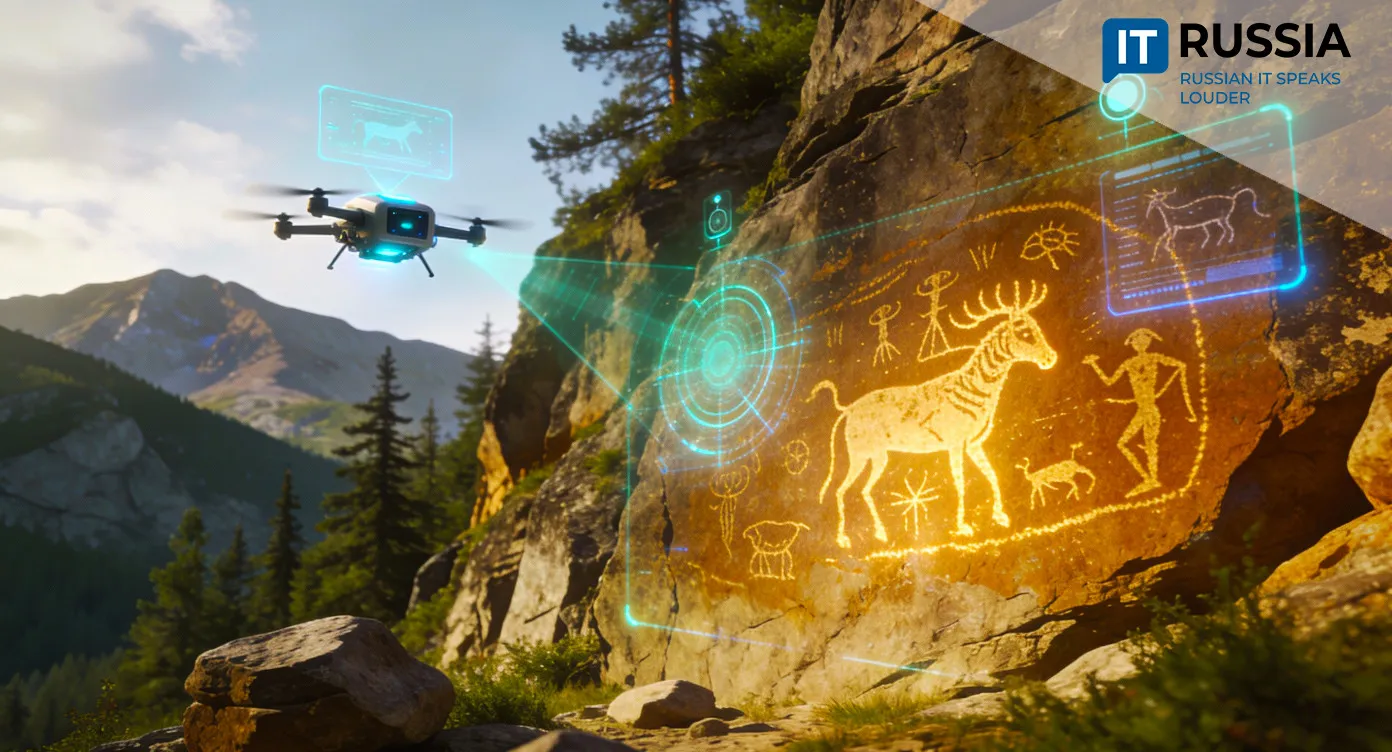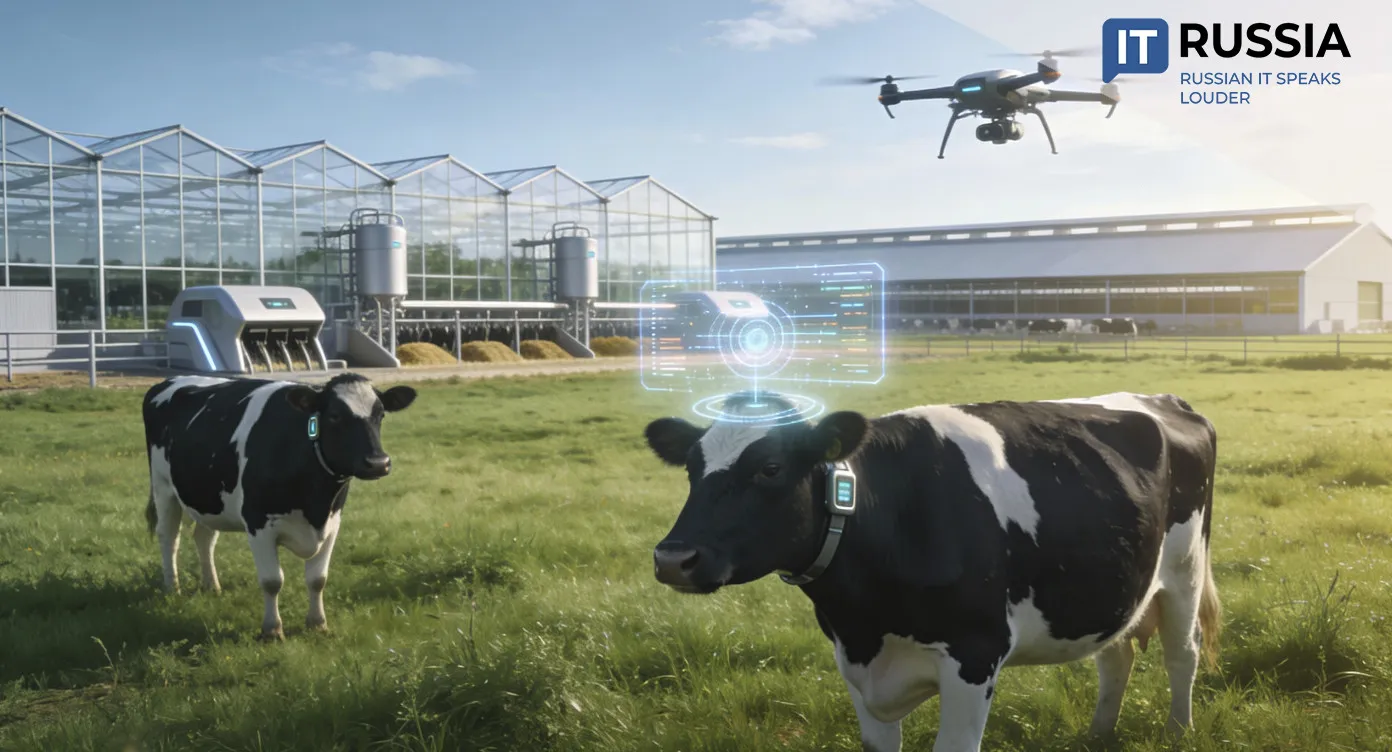Smart Cameras and AI: Russia’s Forests Get High-Tech Wildfire Protection
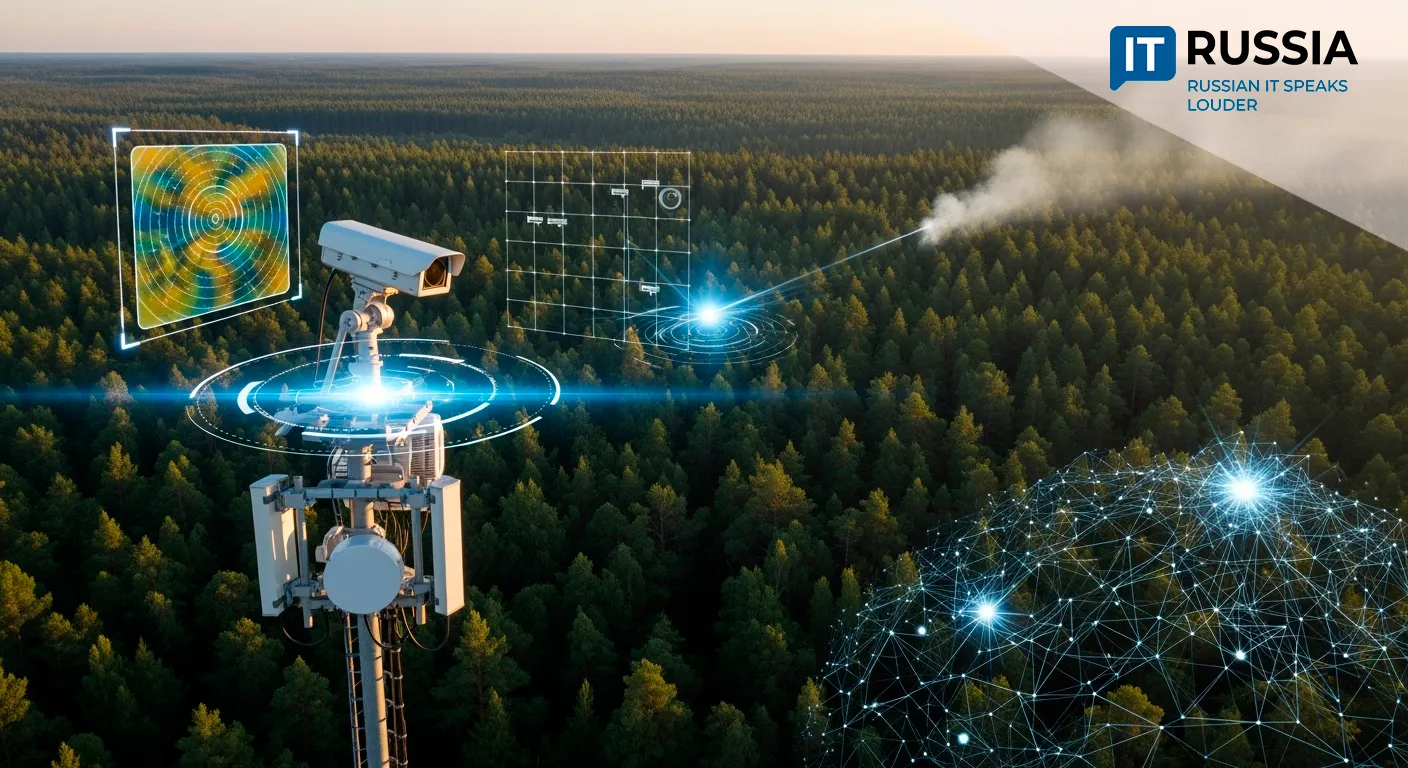
In 2025, artificial intelligence helped detect 39 forest fires across Moscow Region, cutting response time by 40 minutes—a vivid example of how technology can mitigate ecological disasters.
A 360-Degree View on Wildfire Prevention
The Moscow Region has become a pilot zone for Russia’s most extensive wildfire monitoring system to date. A network of 134 AI-enabled surveillance cameras, mounted on towers and high-altitude structures, now provides panoramic, real-time monitoring of forested areas. Using computer vision algorithms, the system identifies signs of smoke or open flame and instantly sends the coordinates to emergency dispatchers, who can act without delay.
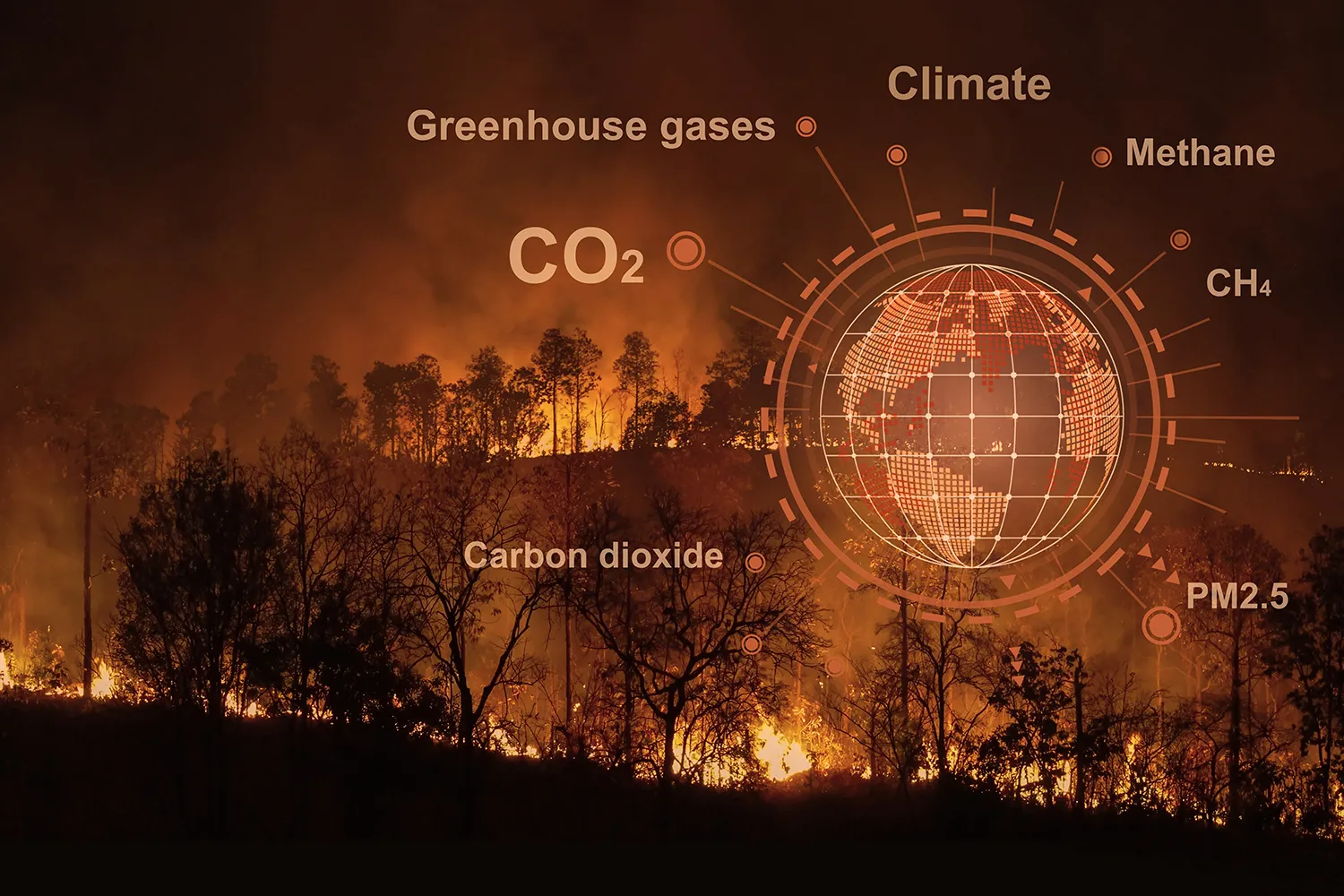
Previously, fire alerts depended on reports from patrolling crews or witnesses. Now, AI algorithms detect fires autonomously—minimizing the critical delay between ignition and containment.
Why Every Minute Matters
The urgency behind this initiative is rooted in Russia’s tragic recent history. In the summer of 2010, the Moscow area was smothered in smoke from catastrophic peat fires, triggered by extreme heat and drought. Over 200,000 hectares burned across 20 regions. Mortality in Moscow spiked by 36%.
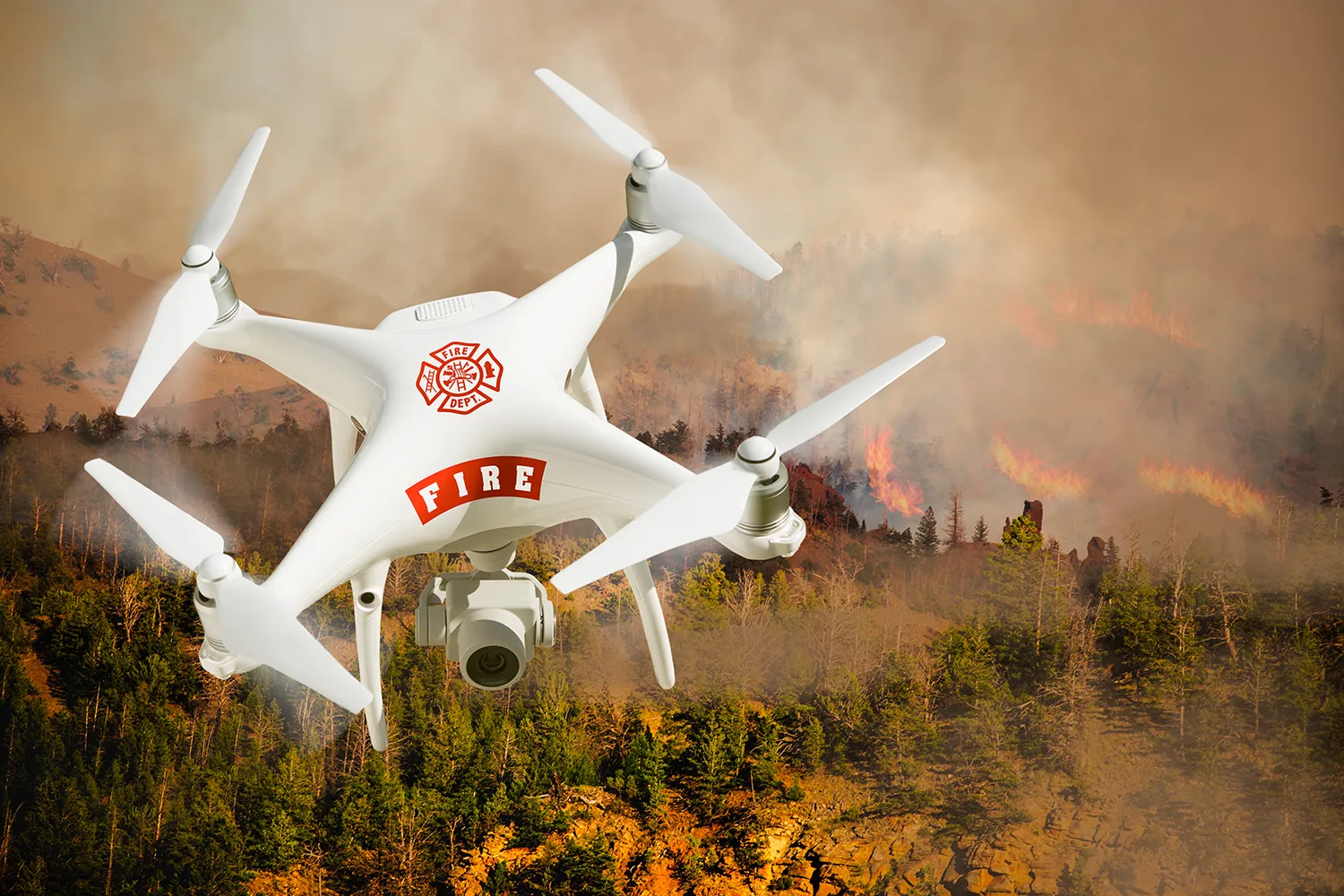
That ecological crisis forced a rethink. By 2011, Russia had introduced a satellite-based early warning system (ISDM-Rosleskhoz), followed by the 'Forest Watch' platform. This system merged camera feeds, thermal sensors, and GIS maps to detect fire risks before they could spread. In 2024, the average size of a wildfire dropped by a third—down to just 0.52 hectares. AI-based automation is now the next evolutionary step.
From Local Innovation to Scalable Climate Resilience
Experts believe the technology has strong export potential—particularly in post-Soviet and Eastern European countries with similar forest structures. Within Russia, it could be extended to Siberia and the Far East, where wildfires routinely devastate millions of acres.
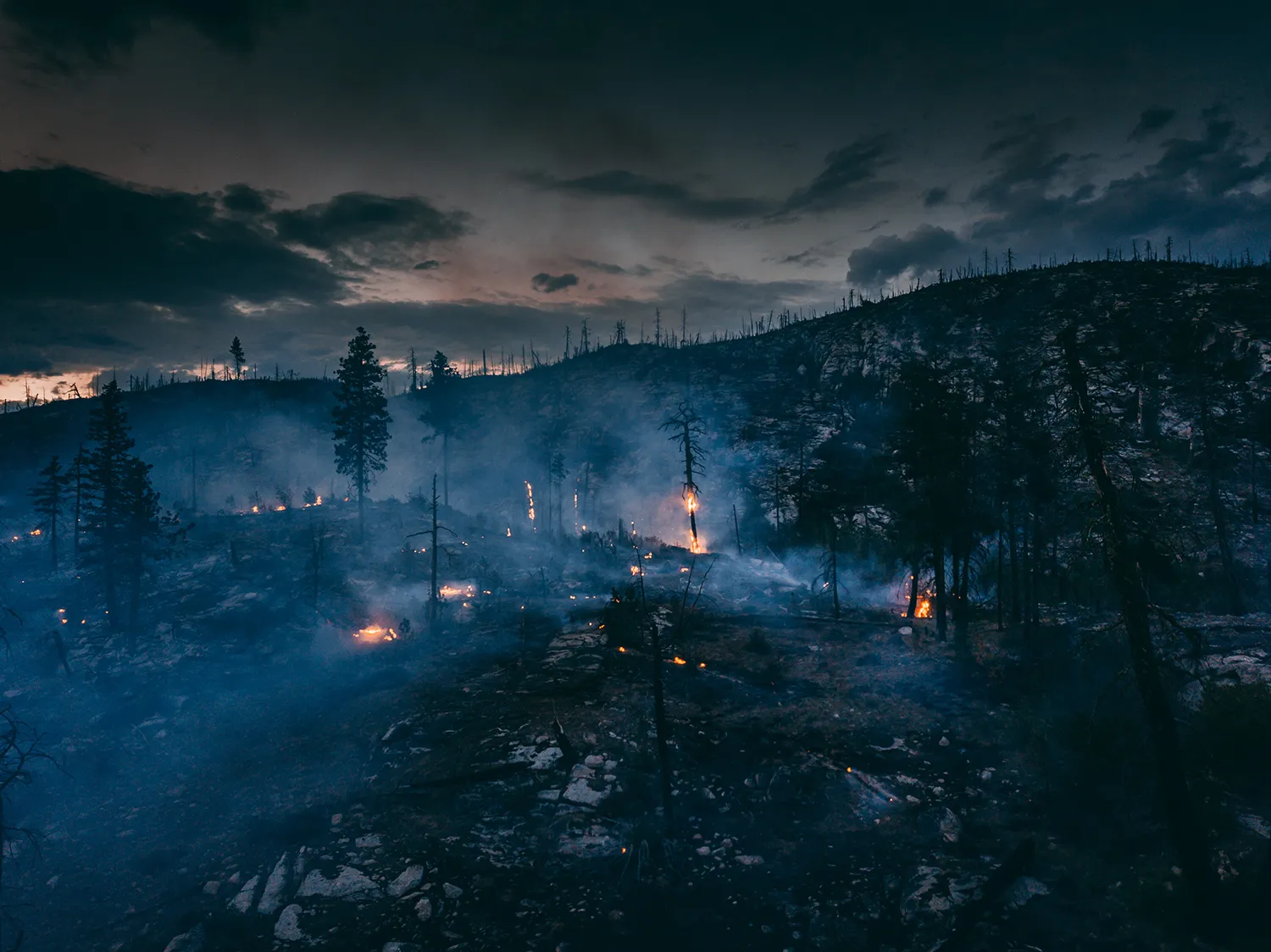
Future upgrades include expanding the camera network, enhancing detection algorithms, and integrating data from drones and satellites. The Moscow Region trial has proven that AI is not a futuristic idea—it’s a functioning tool for today’s environmental protection strategy.
With faster response times and scalable design, the system offers a replicable model for national—and international—forest conservation.


